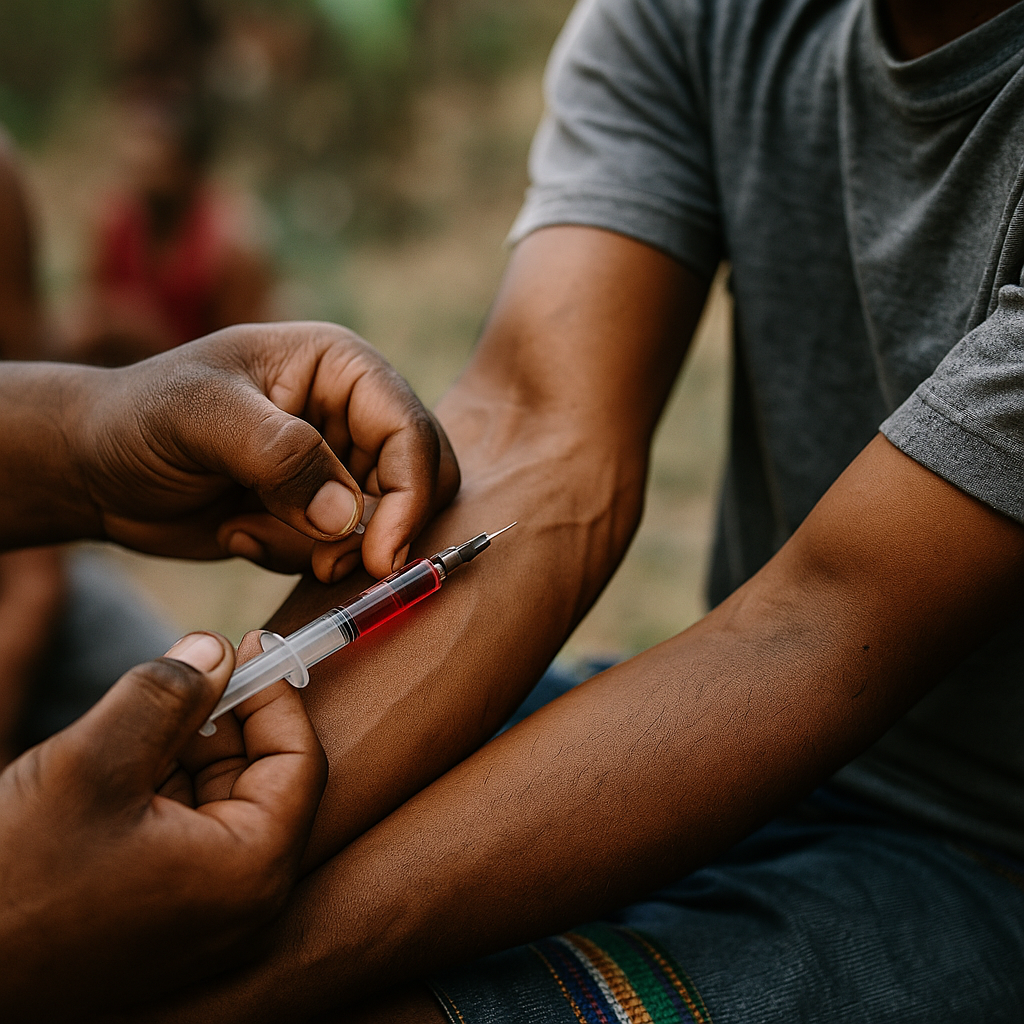Introduction
HIV Research continues to fuel hope for countless individuals living with human immunodeficiency virus. Have you ever wondered how far science has come in preventing infection and improving treatments? In this article, you’ll explore major milestones, the latest discoveries, and what’s next in the world of HIV Research—established in the first paragraph to set clear expectations.
Table of Contents
- HIV Research milestones and history
- Recent breakthroughs in prevention and treatment
- Challenges and opportunities ahead
- Summary and implications
- FAQ
HIV Research milestones and history
HIV Research began in the early 1980s, when the virus was first identified. Over the years, vaccines, antiretroviral therapies, and prevention strategies emerged. For example, the introduction of Highly Active Antiretroviral Therapy (HAART) transformed HIV from a fatal diagnosis into a manageable chronic condition. However, vaccine development remained elusive, but researchers persisted. In recent years, long‑acting injectable treatments have replaced daily pills for many patients. This section captures the evolution of HIV Research, highlighting key moments in prevention, diagnostics, and medication advancements.
Recent breakthroughs in prevention and treatment
In HIV Research today, scientists are focusing on broadly neutralizing antibodies (bNAbs) that target multiple virus strains. For instance, trials of bNAbs like VRC01 show promise in preventing infection in high‑risk individuals. Additionally, gene editing technologies such as CRISPR are being explored to remove latent virus reservoirs. Another exciting development is the advancement of long‑acting PrEP (pre‑exposure prophylaxis), including injectable cabotegravir, which may offer higher adherence and protection. These new tools demonstrate how HIV Research is shifting toward durable, accessible solutions. Moreover, community‑based studies are ensuring equity and inclusion in all populations.
Challenges and opportunities ahead
Despite progress in HIV Research, several challenges remain. Vaccine development continues to face hurdles due to HIV’s rapid mutation and diversity. Furthermore, access to cutting‑edge treatments lags in low‑resource regions, limiting global impact. However, innovation in telehealth and digital adherence support could bridge those gaps. Also, scientists are exploring therapeutic vaccines and immune‑modulating agents that might one day lead to a functional cure. As a result, the next decade of HIV Research is likely to bring more equitable health outcomes and transformative therapies.
Summary and implications
In summary, HIV Research has achieved extraordinary progress—from turning a fatal disease into a manageable one, to introducing prevention methods and new therapeutic avenues. The road ahead includes expanding access, overcoming scientific complexity, and ensuring that breakthroughs reach everyone who needs them. For anyone invested in public health, these advances highlight both the promise and urgency of continued HIV Research.
FAQ
What is HIV Research?
HIV Research refers to scientific studies aimed at understanding, preventing, and treating HIV infection.
How often are new HIV Research findings published?
Research updates appear regularly in medical journals, with major clinical trial updates typically released annually or semi‑annually.
Are there vaccines in development through HIV Research?
Yes, several experimental vaccines are in different stages of clinical trials, though none are yet approved.
What is PrEP and how does HIV Research improve it?
PrEP (pre‑exposure prophylaxis) is medicine taken to prevent HIV infection. Recent HIV Research has enabled long‑acting injectable PrEP options for better adherence.
Can HIV Research help in creating a cure?
Researchers are investigating therapies like gene editing and therapeutic vaccines, which could lead to a functional cure in the future.
This content is not medical advice. For any health issues, always consult a healthcare professional. In an emergency, call 911 or your local emergency services.




